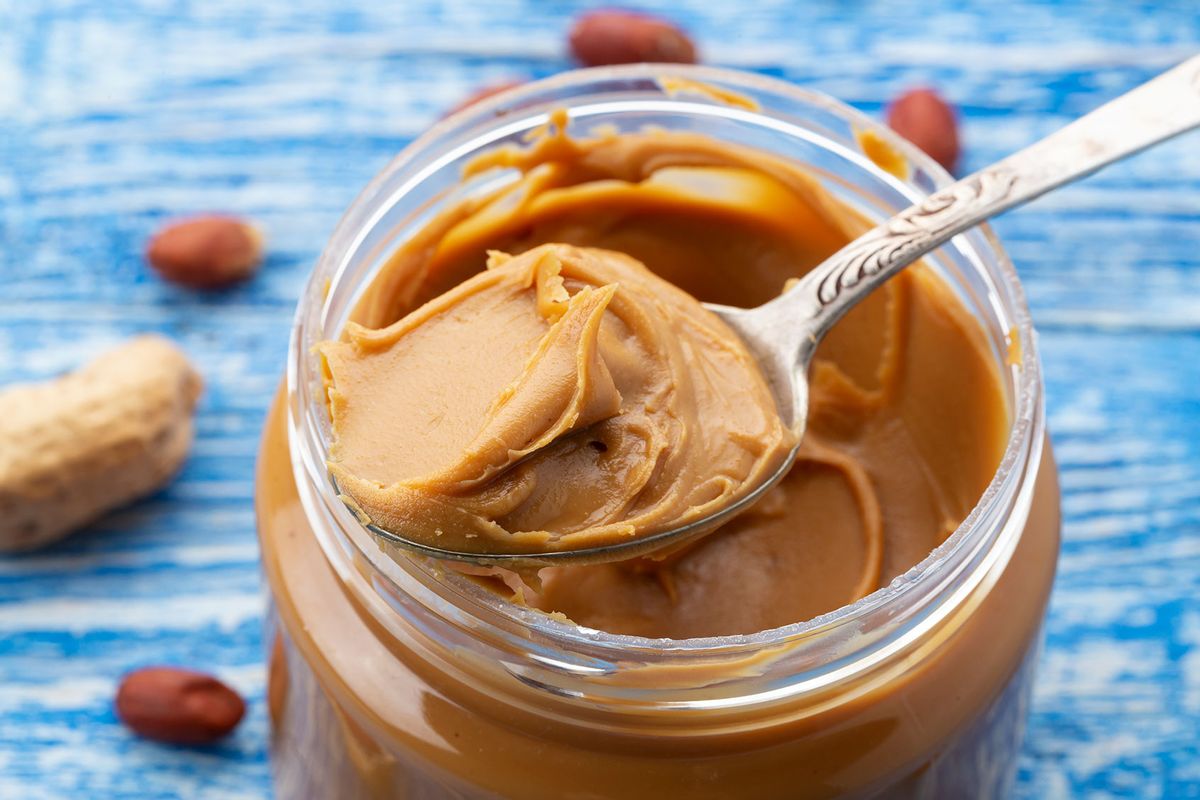The U.S. Food and Drug Administration (FDA) issued a direct final rule on August 9 to solidify the agency's June 2015 determination that partially hydrogenated oils (PHOs) are no longer "generally recognized as safe" (GRAS). Although PHOs have already been determined to be unsafe in foods, the FDA is now reinforcing a series of "noncontroversial amendments" given the public health risks associated with PHOs and the increasing use of PHO alternatives.
Specifically, the direct final rule revises regulations to no longer include PHOs as an optional ingredient in the identity standards for peanut butter and canned tuna. It revises FDA GRAS affirmation regulations to no longer include partially hydrogenated forms of menhaden and rapeseed oils. It revokes the regulation for partially hydrogenated fish oil as an indirect food substance. And finally, it revokes pre-1958 authorization for using PHOs in margarine, shortening, bread, rolls and buns.
Long story short, the direct final rule — which is effective December 22, 2023 — once again establishes that PHOs are incredibly unhealthy. But what exactly are PHOs? And what food products commonly contain such oils?
Hydrogenated oil comes in two forms: partially or fully hydrogenated. Both oils are utilized by food companies to help increase shelf life, flavor stability and save costs, but it's the former that poses the most health risks. "Partially-hydrogenated oils are made when hydrogen is added to vegetable oil to increase shelf-life and flavor stability of foods," explained the L.A. County Department of Public Health.
The process, known as hydrogenation, ultimately yields a type of unsaturated fat called trans fat, which is commonly formed when liquid oils are made into solid fats. Although trans fats are found naturally in small amounts in some foods, they are deemed the worst type of fat to eat because they increase "bad" (low-density lipoprotein, or LDL) cholesterol and lower "good" (high-density lipoprotein, or HDL) cholesterol. High amounts of LDL also increases one's risk of developing heart disease and stroke.
Partially hydrogenated oils are found in ultra-processed foods like margarine, vegetable shortening, coffee creamers, packaged snacks, baked foods, ready-to-use dough and fried foods, according to Healthline. Most products that contain partially hydrogenated oils will include the label "partially hydrogenated" in the ingredients list. But still, even food products that claim to be free from trans fats may contain traces of it — per the FDA, foods can be labeled free of trans fats if they contain 0.5 grams per serving or less.
As for the direct final rule, the FDA will be receiving comments on the rule until October 23, 2023. If no "significant adverse comments" are received within the specified comment period, the FDA said it will publish a document confirming the effective date of the rule in the Federal Register within a month after the comment period ends.
Read more
about the FDA:

Shares